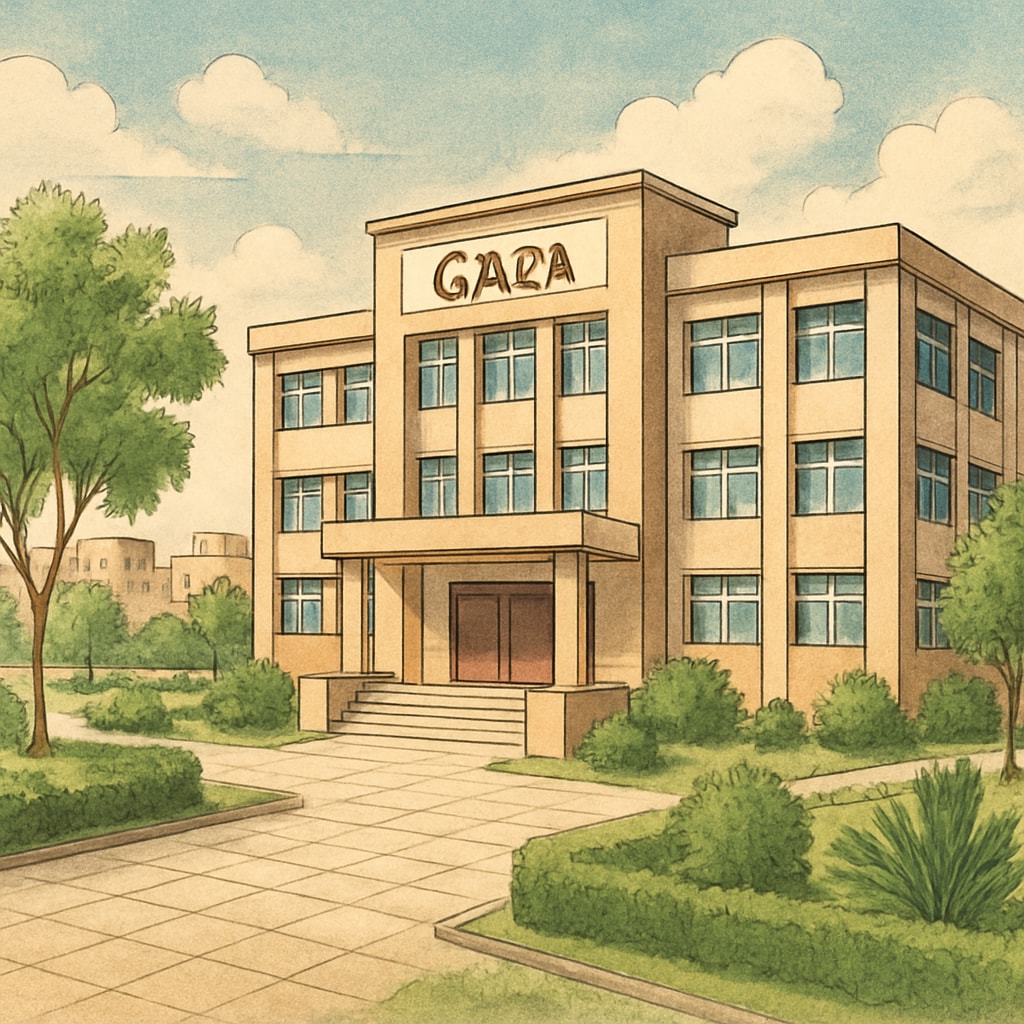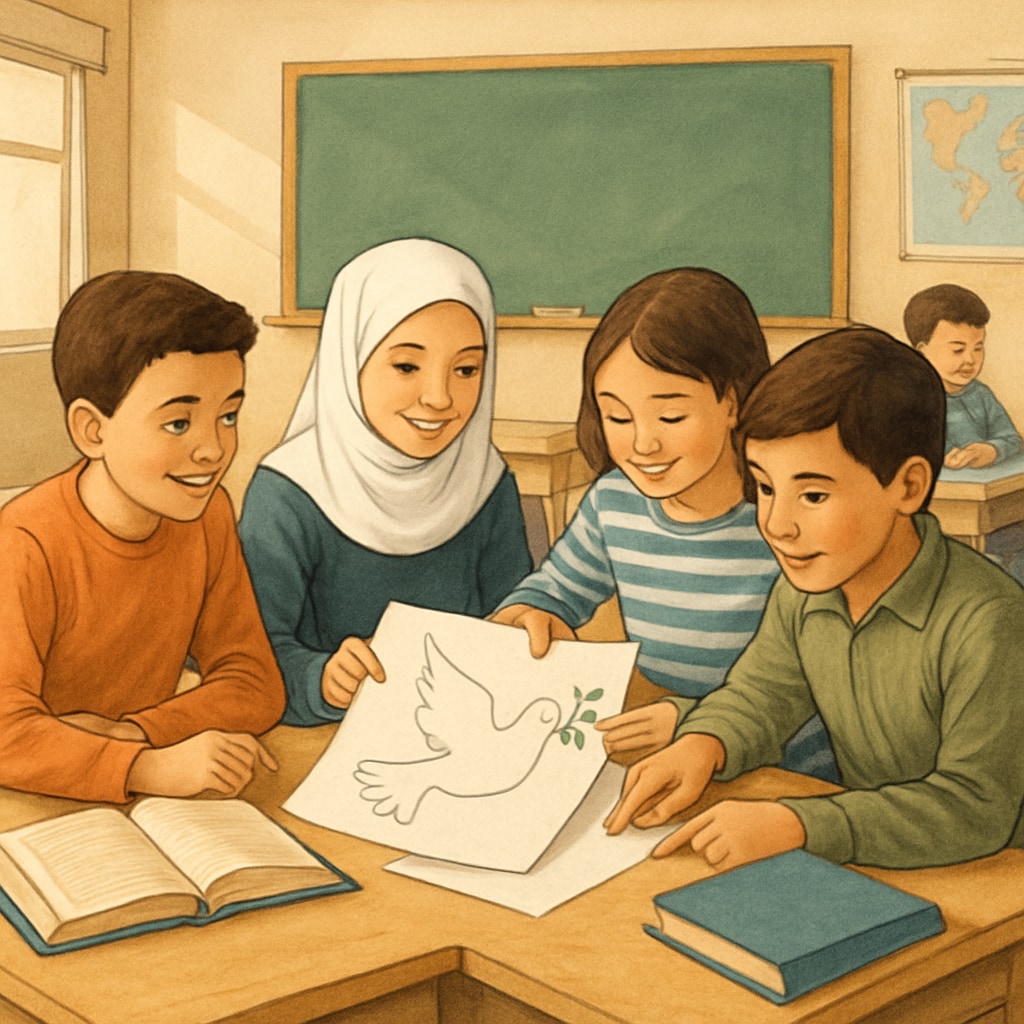The process of developing a teaching curriculum for newly established schools in Gaza, particularly in the Israel-controlled area, presents a web of challenges. These challenges stem from the region’s unique political environment, cultural complexity, and the need for peace-focused education. Balancing international educational standards with local realities requires careful consideration to ensure the curriculum is both functional and inclusive. This article explores the multifaceted task of designing a scientific and social studies curriculum for Gaza schools, shedding light on cultural sensitivity, peacebuilding, and global educational benchmarks.
Challenges of Curriculum Development in Conflict Zones
Designing a curriculum in conflict zones like Gaza is not a straightforward process. Schools in these regions often face limited resources, disrupted teaching schedules, and a lack of access to international expertise. Additionally, socio-political tensions heavily influence what can and cannot be included in the curriculum. Educators must navigate the delicate balance between providing a globally relevant education and addressing the immediate needs of the local population.
In Gaza, scientific and social studies subjects are particularly sensitive. Science education must address global advancements while remaining grounded in local context. Similarly, social studies have the potential to either reinforce divisions or promote understanding. This makes curriculum development not just an educational task, but a critical tool for peacebuilding.

Integrating Peace Education and Cultural Diversity
One of the most significant opportunities in Gaza’s curriculum design lies in integrating peace education. Peace education focuses on teaching students conflict resolution, empathy, and mutual respect—skills that are essential in regions marked by long-standing disputes. For example, lessons can include activities that encourage collaborative problem-solving or discussions on historical events from multiple perspectives.
Cultural diversity is another critical element. Gaza is home to various communities with unique cultural and historical narratives. A successful curriculum must respect and integrate these narratives to foster inclusivity. This ensures that students see their own identities reflected in their education while learning to appreciate others.

Aligning with International Educational Standards
In addition to addressing local needs, the curriculum must align with international educational standards. This alignment ensures that students in Gaza have access to the same opportunities as their peers globally. For scientific subjects, this could mean incorporating the latest findings in environmental science or technology. In social studies, it involves teaching universal human rights, sustainable development, and global citizenship.
However, aligning with international standards requires resources and training that may not always be readily available in conflict zones. Partnerships with international organizations and NGOs, as well as leveraging online resources, can help bridge this gap. For instance, UNESCO has developed resources specifically for education in emergencies, which could be adapted for Gaza schools.
Conclusion: A Framework for the Future
Developing a teaching curriculum for Gaza schools is a challenging yet critical endeavor. By focusing on peace education, respecting cultural diversity, and aligning with international standards, educators can create a curriculum that not only meets academic needs but also contributes to long-term stability in the region. As the global community continues to support rebuilding efforts in Gaza, education can serve as a cornerstone for a more peaceful and equitable future.
Ultimately, the success of these efforts depends on collaboration between local educators, international experts, and policymakers. Through shared commitment and innovative approaches, the curriculum can empower a new generation of students to thrive despite the challenges of their environment.
Readability guidance: This article uses short paragraphs and subheadings to enhance readability. Lists and examples are included to summarize key points. Passive voice and long sentences are minimized to ensure clarity.


